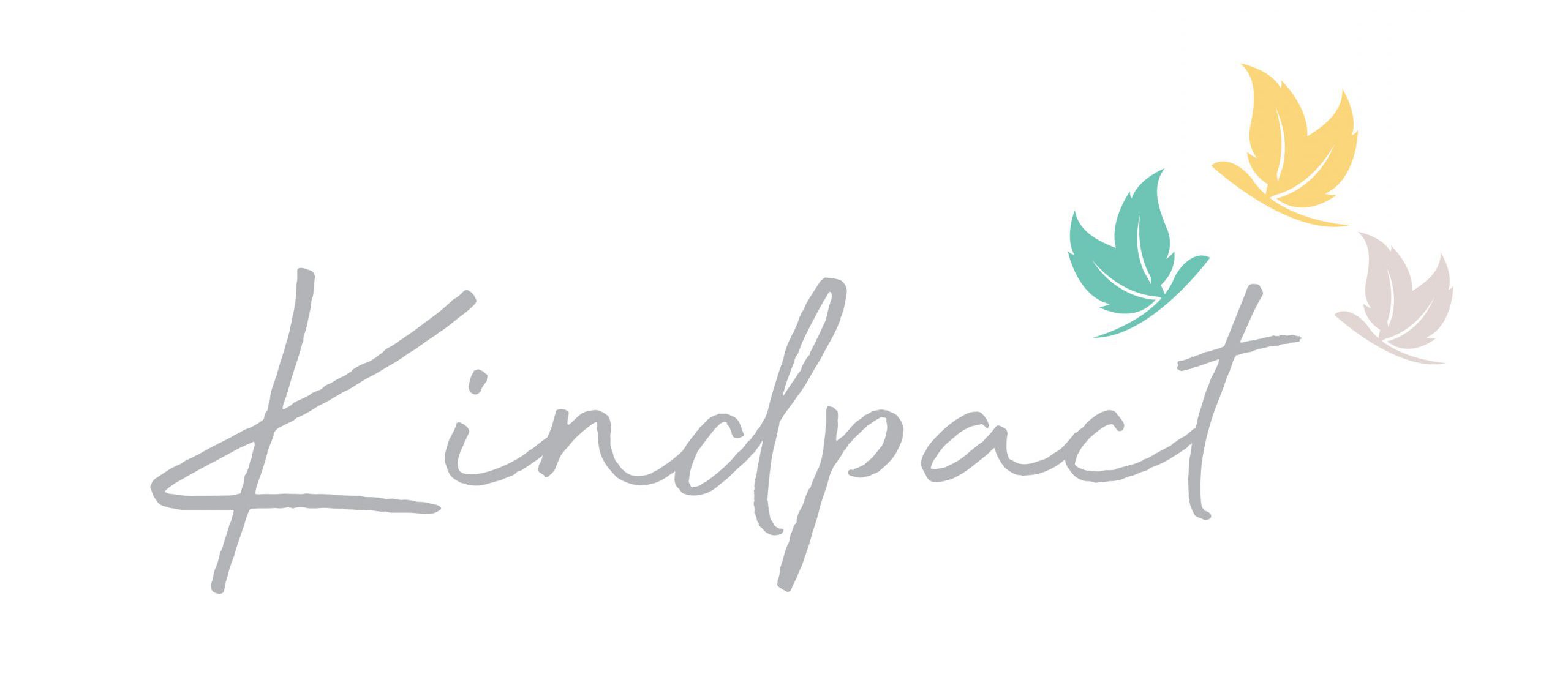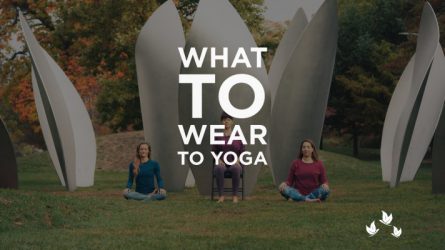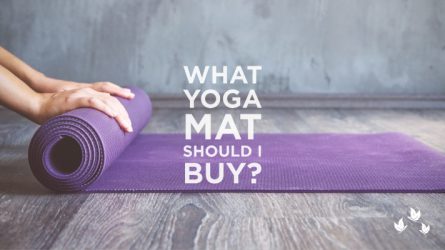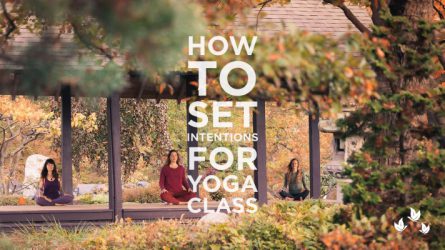When you think of yoga asana, it’s likely that you picture a lean, strong, young person with their legs in a place where nature definitely didn’t intend them to be. This archetype of yoga can be a deterrent to people who can’t imagine themselves getting into such crazy contortions. But the obsession with handstands and putting your leg behind your head misses the whole point of yoga, which is to cultivate awareness. If you have a consciousness capable of observation, you can do yoga. Gentle Yoga is a wonderful alternative to make the benefits of yoga available to those who can’t or don’t want to push themselves to their physical extremes. It has yielded enormous benefits for elderly people or people with chronic conditions and restricted mobility. It’s also a helpful practice for anyone recovering from an injury, an athlete who wants a restorative complement to their training, or anyone looking for a low impact yoga practice
In a gentle yoga class, expect a slow-paced sequence that consists of postures done lying down, seated, or standing in a relaxed and non-striving practice. However, gentle yoga still requires the same consistency and discipline demanded by any asana practice. Unless you make it to the mat regularly, you will not reap the fruits of this practice.
Benefits of Gentle Yoga
Reduces stress and anxiety
Gentle Yoga is the perfect practice when you feel overwhelmed, fatigued and unusually stressed out or sad. At these times, your body’s sympathetic nervous system or stress response is highly active. As you move through the poses of gentle yoga, you are asked to breathe through any stiffness or discomfort. This gently activates your parasympathetic nervous system, leading to a lower heart rate and relaxed muscles. All these changes induce a sense of calm, contentment and relaxation.
Improves mobility and balance
Gentle Yoga is hugely popular amongst the elderly and those with compromised mobility since it creates openness in the muscles while strengthening the joints. It increases proprioception which is the internal awareness of your body. This can make you more grounded, reducing the risk of falling or developing joint related disease.
Increases vitality and improves sleep
Gentle Yoga boosts circulation through the muscles and the use of the breath helps open up stiff areas of the body inducing a sense of aliveness and vitality. It calms the nervous system, promoting better and deeper sleep.
Decreases pain and increases pain-tolerance
A regular practice of gentle yoga can release and prevent chronic pain especially in the back and neck. Moreover, a regular movement practice which increases awareness has been found to increase tolerance to pain in people suffering from conditions like arthritis and osteoporosis.
Improves mental clarity and attention
The weakening of the body’s stress response coupled with improved oxygenation of the brain and organ promotes mental clarity. As you train yourself to become more mindful of the breath, you will find that you can focus more easily and become more productive.
Gentle Yoga Sequence
To help you get started with your Gentle Yoga journey, we’ve compiled this gentle yoga sequence for beginners that will work on different parts of your body.
Child’s pose (Balasana)
Begin by taking a few deep breaths in a wide-legged child’s pose. Keep your knees almost as wide as your mat while sitting on your heels which are joint together. Exhale and bring your stomach down to your thighs, bringing your forehead to rest on the floor or a block. Take a few deep abdominal breaths setting an intention for your practice.
Butterfly Pose (Baddha Konasana)
Sit up and bring the soles of your feet together, letting your knees fall down to the earth. Gently press your thighs down using your elbows. Keep your spine straight and take a few deep breaths. When you feel ready, gently fold forward with a straight spine. If you can, bring your forehead or chin to rest on the floor. If not, place a block underneath your forehead at an appropriate height. Stay here for 10 deep abdominal breaths.
Wide-Angle Seated Forward Fold (Upavistha Konasana)
Straighten your legs and open them as wide as you can. Ensure your feet are flexed and your inner thighs rotated. Come out of this pose if you feel any discomfort in your knees and consult a trusted practitioner. Inhale and lengthen your spine and exhale and fold forward. Bring your forehead to rest on the ground or on a block. Stay here for 10 deep breaths.
Seated Forward Fold (Paschimottanasana)
Bring your legs together in front of you. Keep your knees bent if required. Inhale and straighten your spine as much as you can and exhale and fold forward. Think of bringing your stomach to the thighs rather than your head to your knees. Keep your head and neck totally relaxed. Grab onto your thighs, shins or toes whichever is accessible. Stay here for 10 deep abdominal breaths.
Bridge Pose (Setu Bandha Sarvangasana)
Lie down on your back with both feet firmly planted on the floor parallel to each other with the knees directly over the second toes and not beyond. Inhale and gently lift your hips up, firming the glutes and abdomen. If you need the extra support, place a block under your lower back. Stay here for 10 deep breaths. Exhale and come down gently.
Reclined Pigeon (Supta Kapotasana)
Place your left foot over your right knee to make a triangle in front of you. Thread your left arm through the triangle and your right arm round the right side and interlace your fingers at the right shin. Exhale and gently bring the whole structure towards your chest. Stay here for 10 deep breaths. Repeat on the left side.
Recline Twist (Supta Matsyendrasana)
Hug your right knee into your chest and gently bring it over your left leg to rest on your left side. Extend your right hand to a T and turn to face the right side looking over the right fingers. Stay here for 10 breaths. Repeat on the left side.
Corpse Pose (Savasana)
Extend your legs out and allow your feet to fall to the sides. Bring your arms down on either side of your body, palms facing up. Keep the head and neck neutral. Perform a quick body scan, releasing any tension from your body parts. On every inhale feel yourself becoming lighter and on every exhale sink into the earth below you. Stay here for as long as you like.
Gentle Yoga is an effective way to transform your mood and change the experience of your body in under 15 minutes. The gift of yoga is in learning of how to harness the power of awareness through the breath. As you move through these poses, every time you find yourself distracted, gently bring your attention back to your breath. Reclaim the gift of yoga for yourself through this sequence and watch as the changes flow through you.
Try Our Gentle Yoga Videos Online
Want to practice more gentle yoga stretches and poses? Our YouTube channel has a variety of different free gentle yoga classes and sequences for free. Or you can join or free online community and get access to live donation-based relaxing yoga classes with our instructors.



